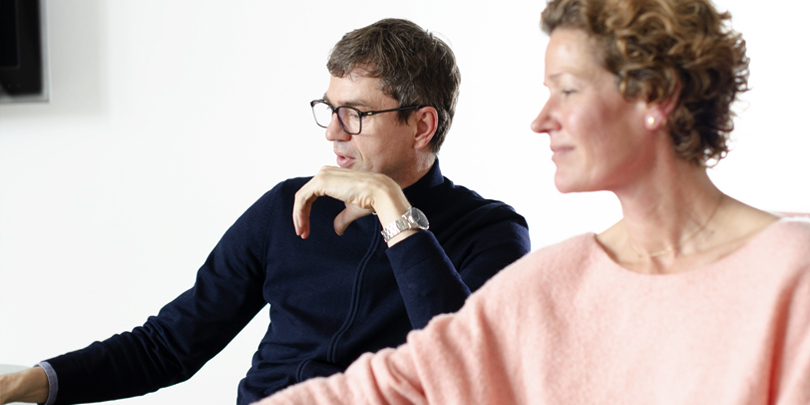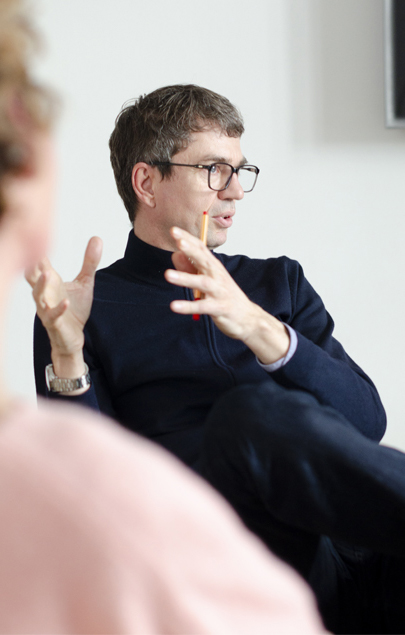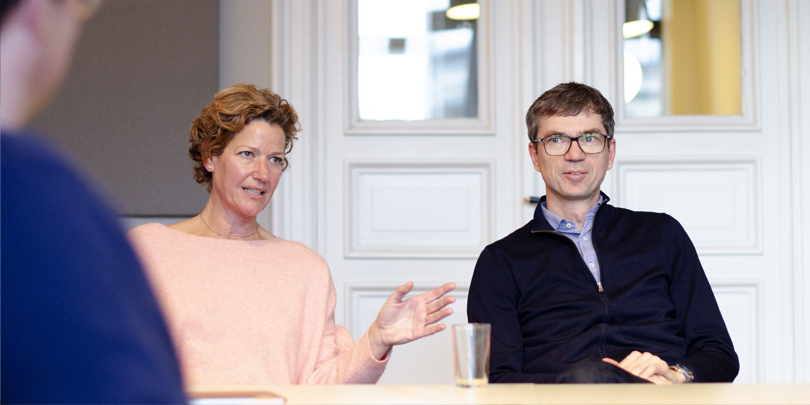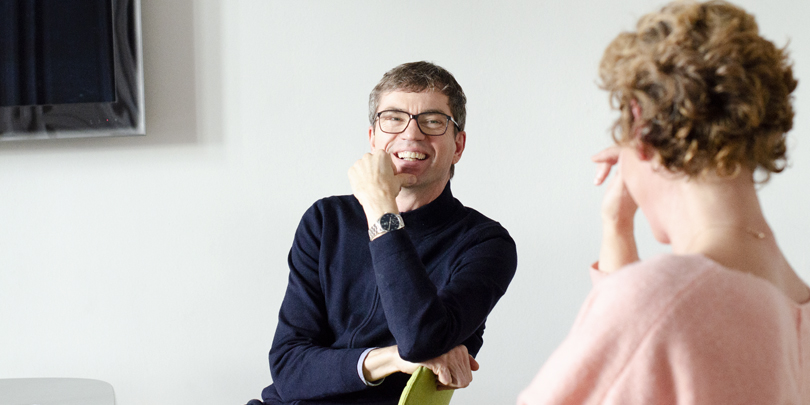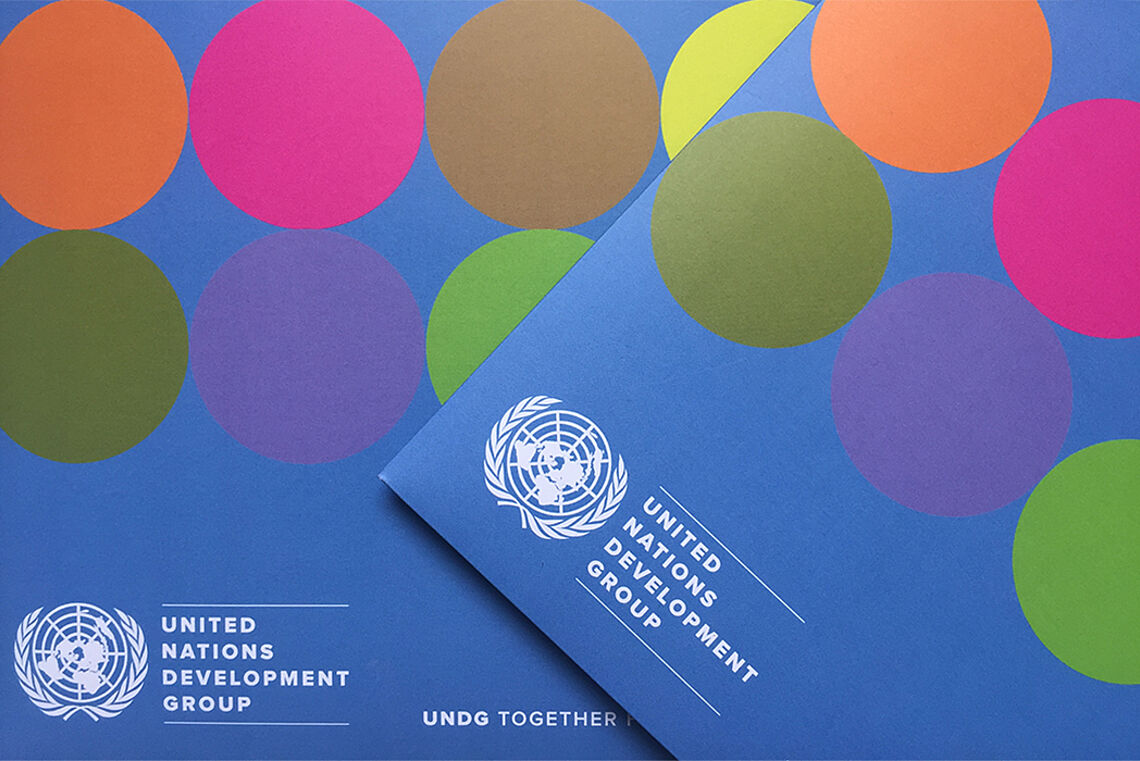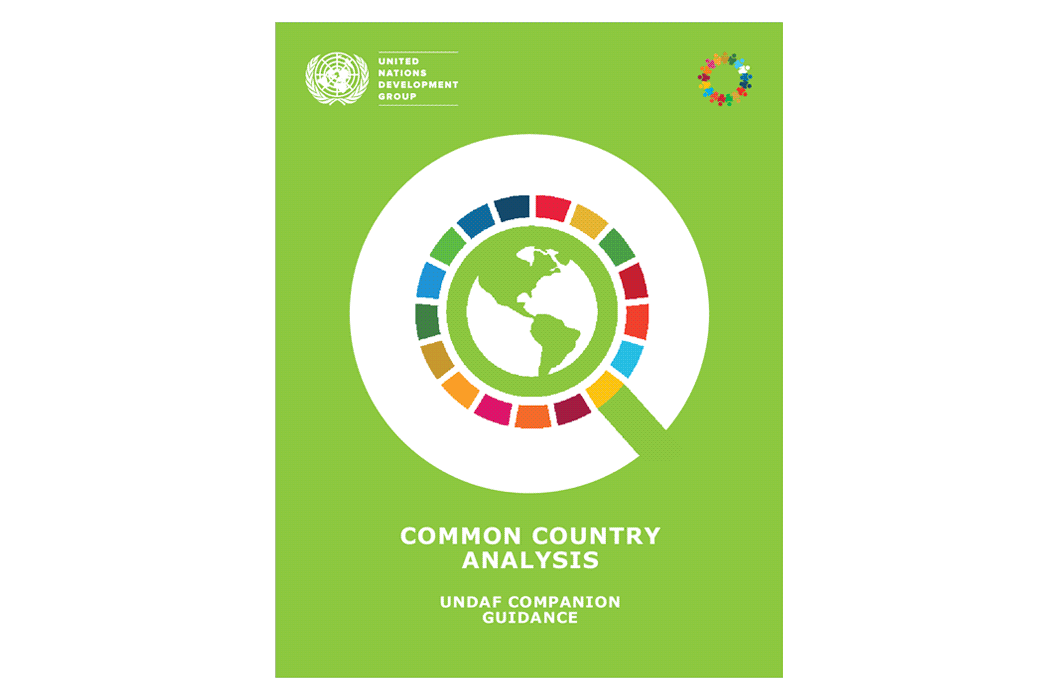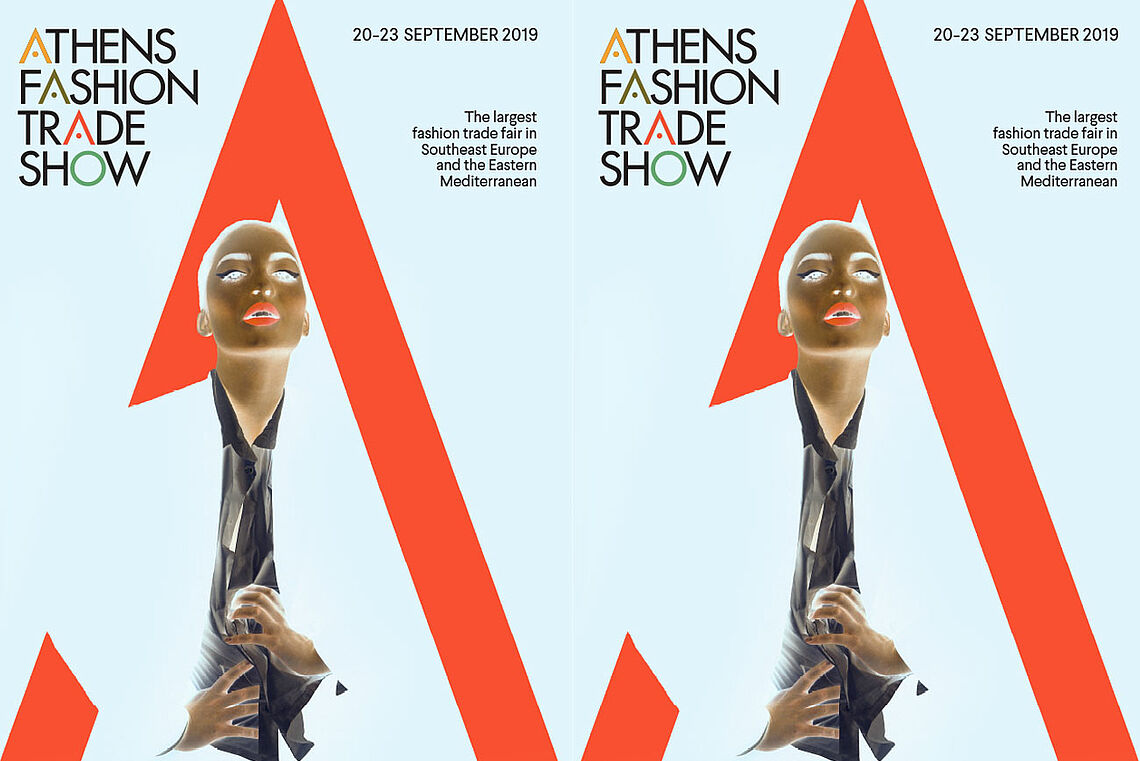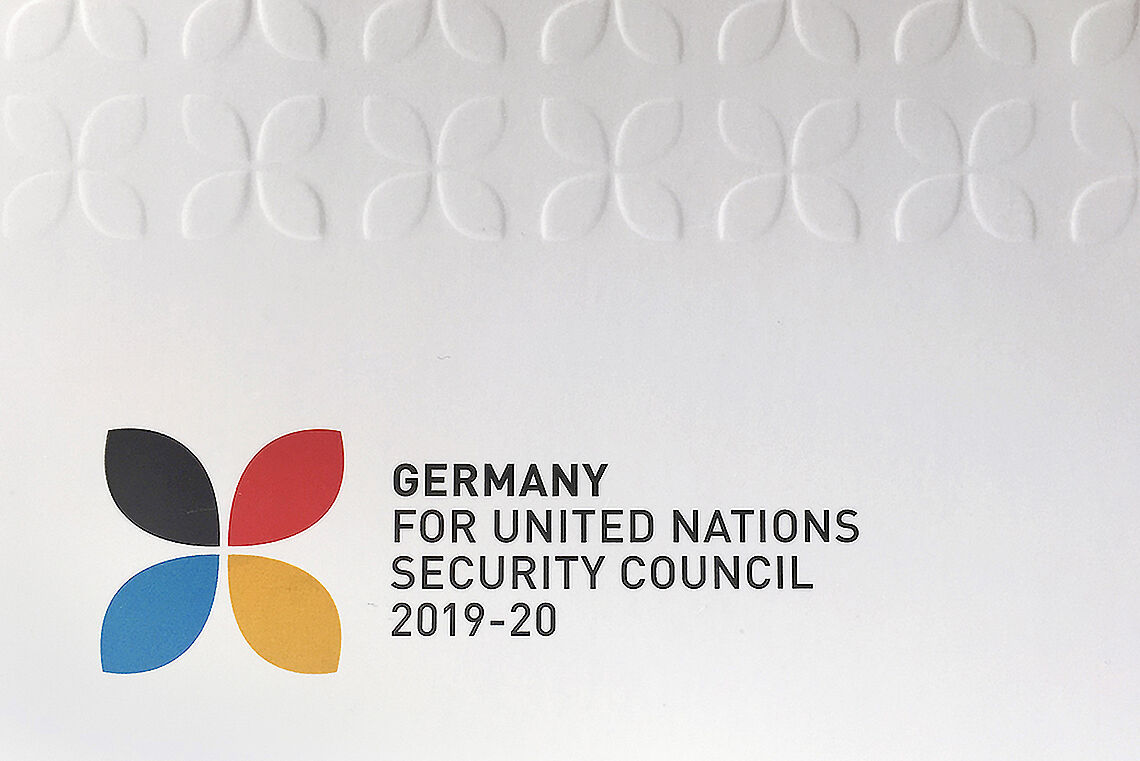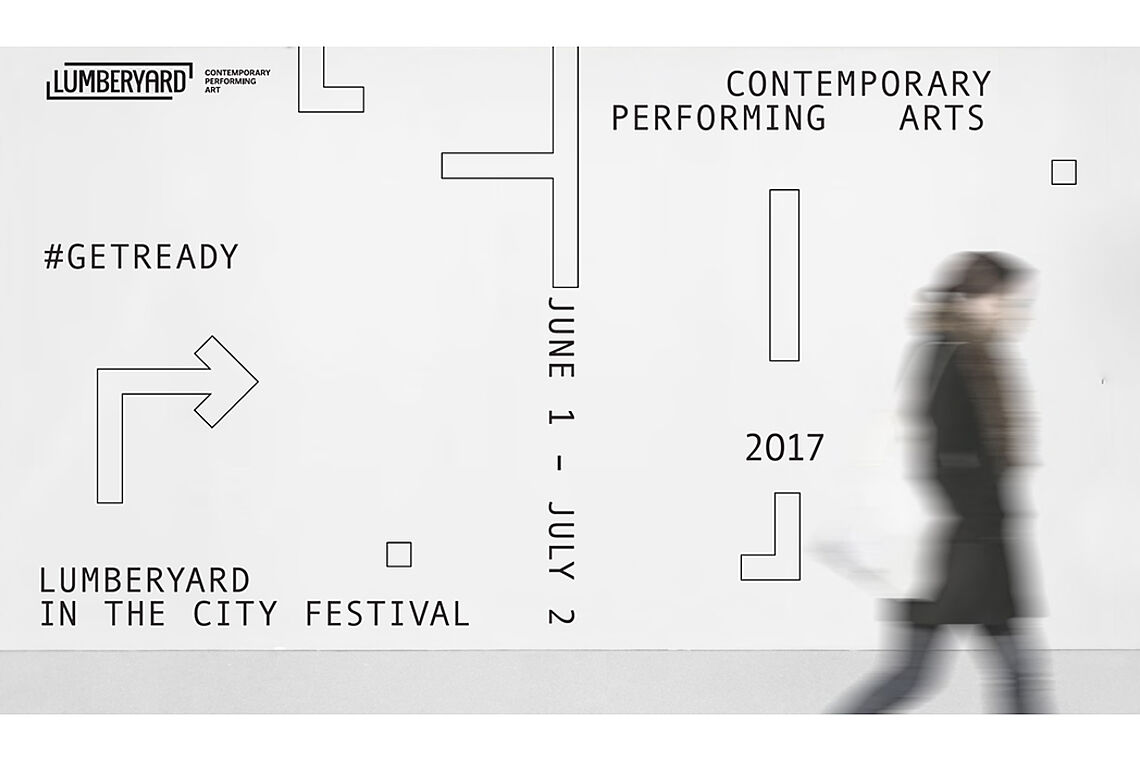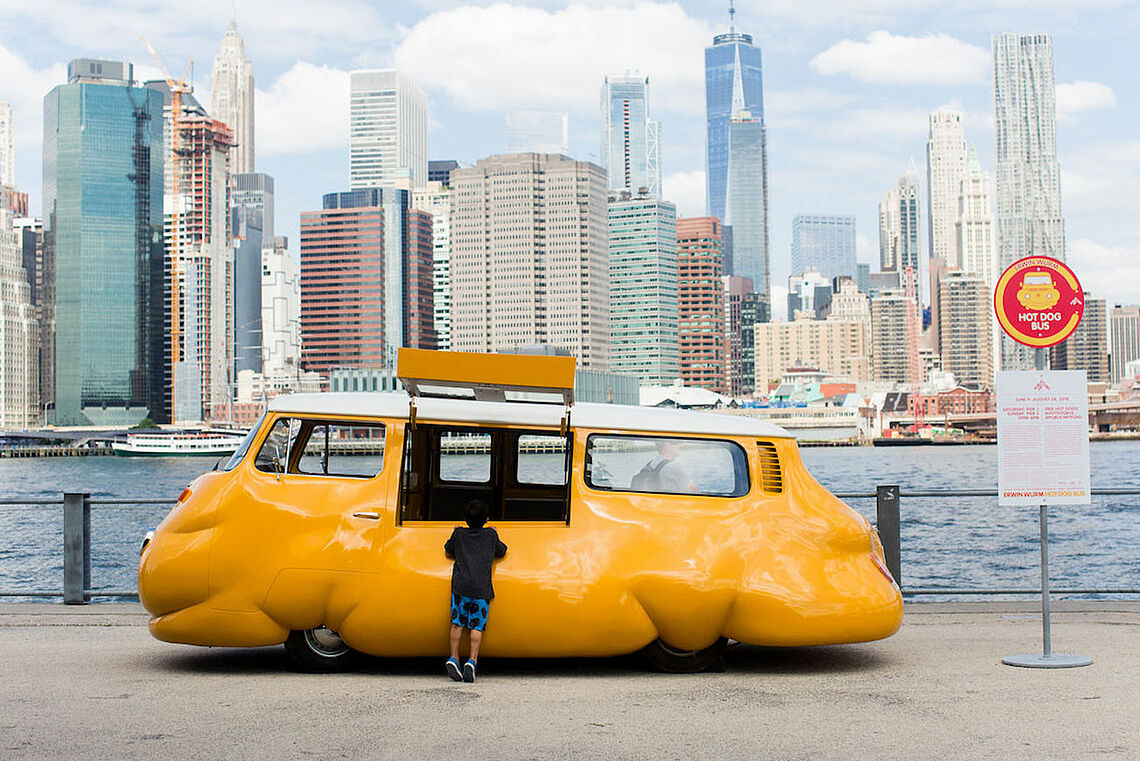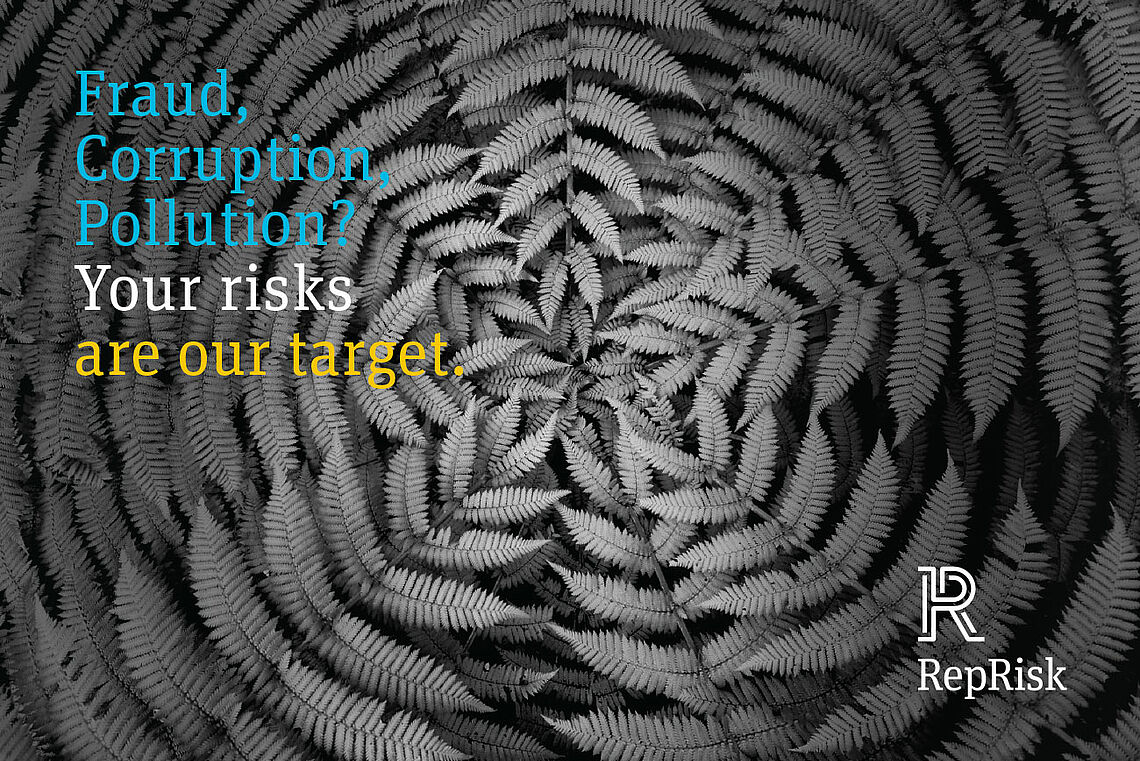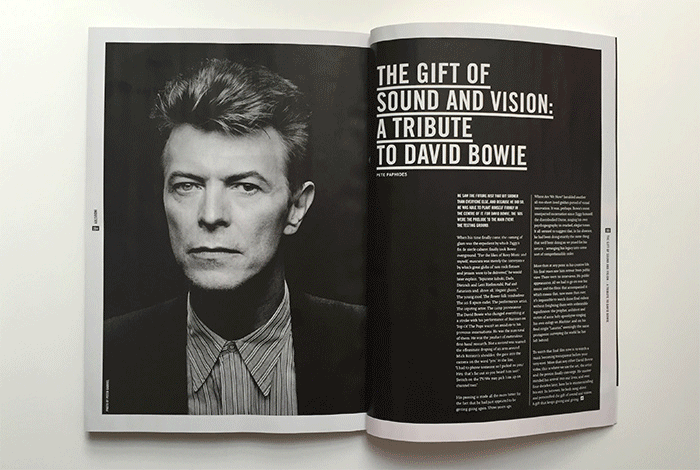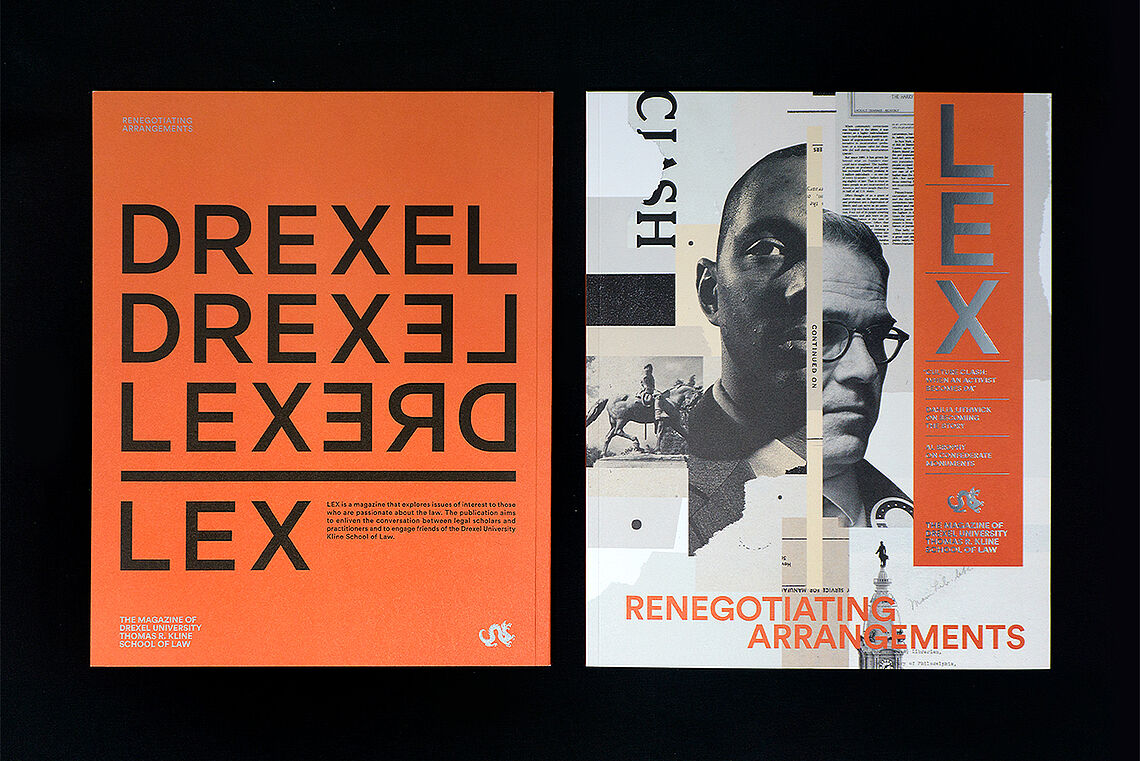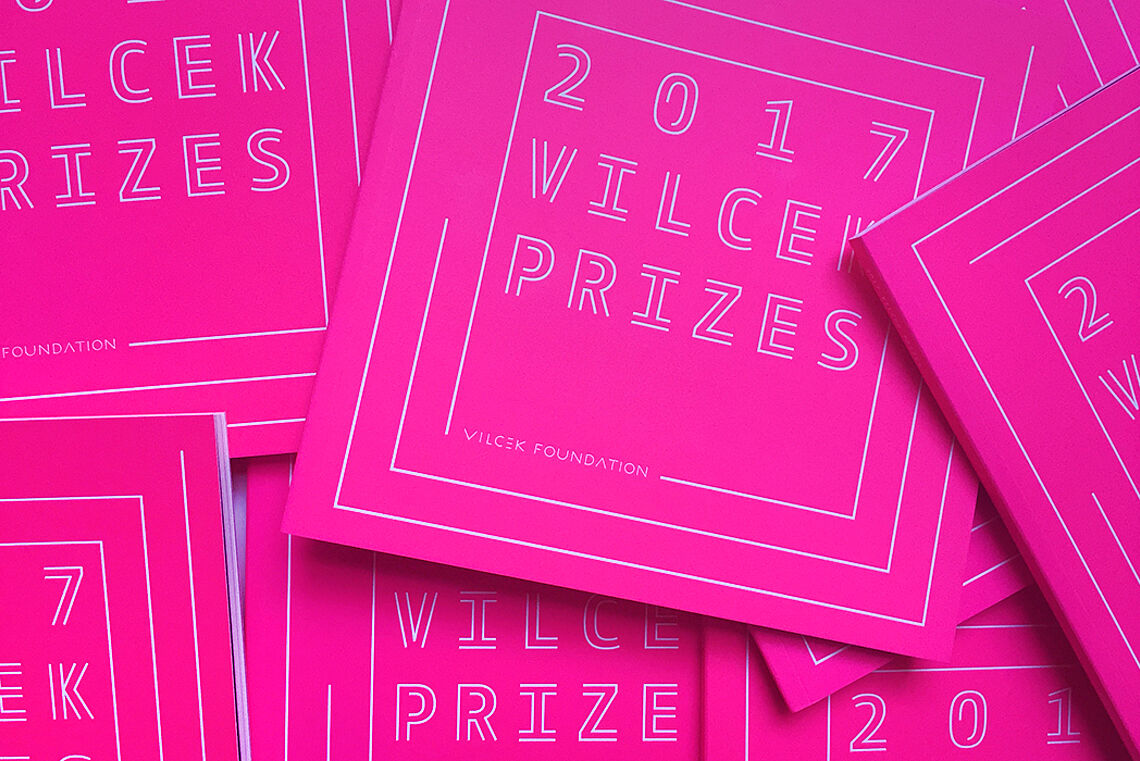Cooperation – benefits and approach
What do clients get out of our joint forces?
Connie: The essential thing is that both agencies are joint by communication and work. Often areas are demarcated: They do digital, we do design. Potentially that’s competitive fuss. That’s not the case with us, as we purely seek to complement each other. We’ve known each other for a long time and gathered a collaborative record that’s been successful and fun. What we won’t say at the end of a project is: “Good luck! Now you can continue with that alone.” Instead we strive for continuous exchange. Our common aim is to deliver only the best possible results to our customers.
Klaus: The ability to take the broader view is vital too. With offices in New York and Berlin we are located at the pulse of America and Europe. Initiating a change of perspective is always something we bring up – and the perspective from Broadway intrigues many of our customers.
Can you paint a picture of your cooperation? How do joint projects come about?
Connie: It could start with a design audit.
Klaus: Yes, reviewing a brand or corporate identity.
Connie: Upon initiating a project we first conduct an analysis. We look at everything. Five years of brand history down the road are best. And then the positives and negatives become apparent quite quickly. Then we can decide what our clients truly need. This could be a brand update or a brand refresh. That’s where we assess: Is the typography outdated? Do you see colors a hundred times over? What’s the quality of graphic materials?
We take the visual approach. That’s our strong suit.
Klaus: And why not carry out a ‘Design Thinking Workshop’ or take what we call the ‘shop floor perspective’: Clients give us three to five days and we join them in a workshop. We show them how we operate and what sort of results we achieve. First rounds of rapidly achieved, tangible results, that’s something that delivers benefit to clients.
What are your wishes for the collaboration and the future?
Connie: I hope for further joint projects in addition to the UN project. There are numerous existing clients to whom we can offer improved support through our partnership.
Klaus: And it’s not just existing clients to whom we can offer additional value – for new clients the combination of our fields of expertise makes sense as well. I hope that we continue to collaborate as well as we have and that the exchange between Berlin and New York affects our teams as a true enrichment.
